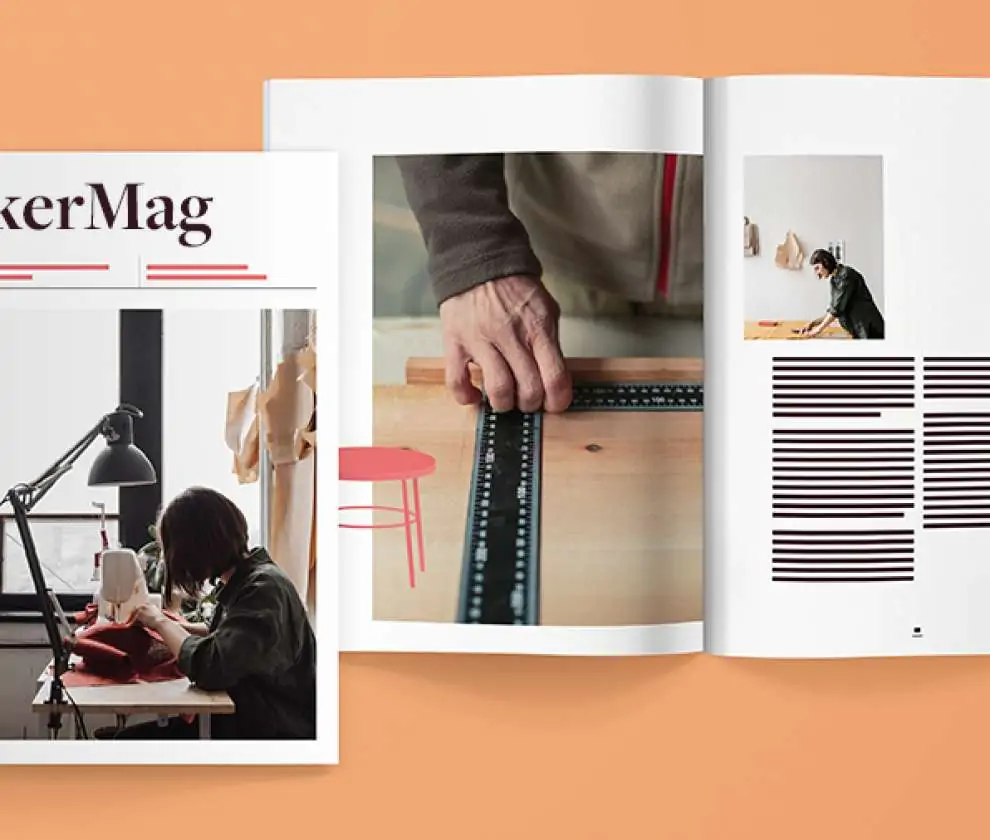
Combining Branding and Website Design for a Workable Strategy
Building an appealing and unified strategy now heavily depends on the synergy between branding and website design, as first impressions are frequently made online in the digital age. A brand’s website functions as its online storefront and branding creates a character and identity that appeal to consumers. When these components work together in harmony, the result is a smooth, memorable user experience that promotes loyalty, engagement, and trust. This article explores the mutually beneficial relationship between branding and website design, showing how the two work in concert to create an enticing plan that draws in customers and promotes business success.
Understanding Branding and Website Design
Before delving into their interaction, let us clarify the fundamental ideas behind branding and website design:
Branding:
Fundamentally, branding is the act of influencing people’s thoughts and feelings about a business, good, or service. It includes all elements of the brand, such as the tone of voice, visual identity, and logo. A brand that is effectively branded has a distinct identity that sets it apart from the competition and emotionally connects with its target market.
Website Design:
Website design encompasses the visual aesthetics, user interface (UI), and user experience (UX) of a website. It involves the strategic arrangement of elements such as layout, colors, typography, and navigation to create an intuitive and visually appealing digital environment. A well-designed website not only attracts visitors but also guides them seamlessly through their journey, leading to increased engagement and conversions.

The Interplay Between Branding and Website Design
Despite being two separate fields, branding and website design are inextricably linked, with each greatly impacting and improving the other. They work well together to provide an enticing strategy in the following ways:
- Consistency in Visual Identity: Effective branding and website design are mostly dependent on a unified visual identity. Brands establish a consistent and identifiable identity by coordinating visual components, including colors, font, and imagery throughout all brand touchpoints, such as the website, social media accounts, and promotional materials. Audiences are more likely to engage with and remember a brand that is consistent in cultivating familiarity and trust.
- Reflecting Brand Values and Personality: The website is a platform for a brand to visually express its values, personality, and culture, using imagery, messaging, and design elements to evoke desired emotions in visitors. Brands with innovative values may opt for modern designs, while those with heritage may opt for classic aesthetics.
- Enhanced User Experience (UX): A well-designed website not only looks appealing but also functions seamlessly, providing an exceptional user experience. By incorporating brand personality and values, it creates a user-centric experience, with intuitive navigation, clear messaging, and engaging visuals boosting conversion rates.
- Building Brand Trust and Credibility: Trust is crucial for a successful brand-consumer relationship. A professionally designed website, with intuitive navigation, secure payment gateways, high-quality content, and responsive design, instills confidence and credibility, fostering long-term customer relationships.
- Differentiation and Competitive Advantage: Website design allows brands to stand out in a competitive market by showcasing their unique selling points and positioning themselves as industry leaders by incorporating distinctive brand elements and messaging.

Crafting an Integrated Strategy
To effectively combine branding and website design, brands should adopt an integrated approach that seamlessly aligns both elements;
- Define Your Brand Identity: Establish your brand’s identity, beliefs, and personality first. Determine the most important brand traits to convey to your intended audience, then make sure that all brand touchpoints—including the website—have consistency.
- Understand Your Audience: Learn about the problems, habits, and preferences of your target market. To create a unique and meaningful experience, adjust the style and messaging of your website to speak to their wants and goals.
- Create Compelling Visuals: Invest in high-quality photography and design that captures the essence of your business and appeals to your target market. Strategically use imagery, typography, and colors to elicit feelings and effectively communicate the personality of your business.
- Optimize for User Experience: Make user experience (UX) a top priority when designing websites by emphasizing accessibility, quick loading times, mobile friendliness, and intuitive navigation. To find problem areas and enhance the user experience for optimum engagement and conversions, conduct usability testing.
- Iterate and Evolve: Refine and improve your branding and website design strategy over time by keeping an eye on user input, industry trends, and website performance indicators. Accept innovation and experimentation to stay on top of trends and wow your audience.
Case Studies: Successful Integration of Branding and Website Design
Let’s look at two case studies of brands that have effectively combined branding and website design to provide engaging digital experiences to demonstrate the power of synergy between the two elements:
Nike:
Nike, a company known for its recognizable swoosh logo and potent brand narrative, expertly incorporates its branding into the layout of its websites. The brand’s ethos of athleticism, creativity, and empowerment is embodied in the website’s bright design, dynamic animations, and inspirational messaging. Every component of Nike’s website, from the home page to the product pages, captures the brand’s essence and appeals to its wide range of sports and fitness aficionados.
Apple:
The clean, sophisticated aesthetics and user-friendly interface of Apple’s website perfectly capture the company’s spirit of creativity, innovation, and simplicity. The website features sharp photography, elegant writing, and smooth navigation to present Apple products in a clear and visually appealing way. By putting the user experience first and keeping its branding consistent, Apple builds a unified digital ecosystem that draws users in and strengthens brand loyalty.
Conclusion: In the digital sphere, where brands compete for user attention and interaction, website design and branding work together to create a powerful approach. Brands can establish a unified and unforgettable online presence that connects with consumers and propels commercial success by coordinating visual identity, messaging, and user experience. In the digital age, brands may use branding and website design to enthrall, inspire, and delight their customers through innovation, consistency, and authenticity.




